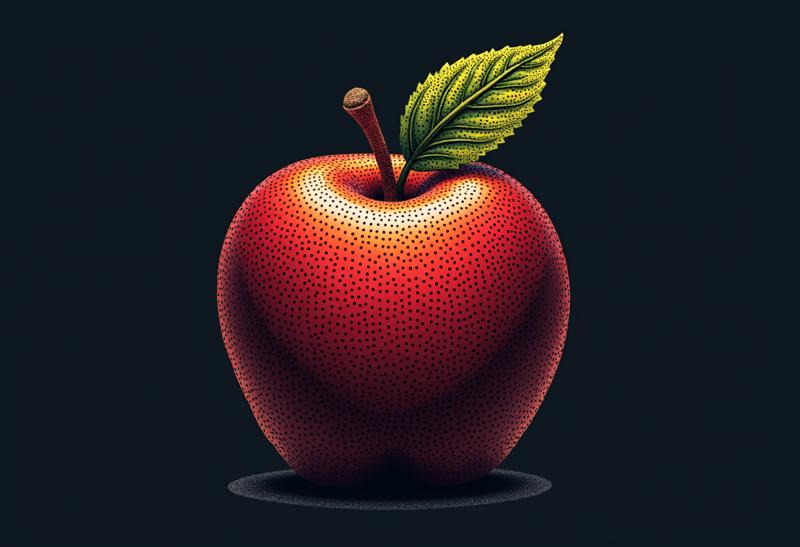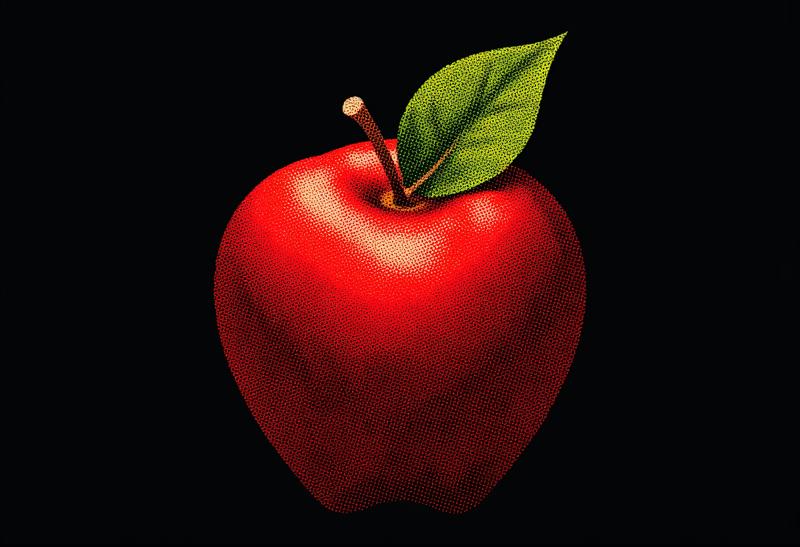Verified: a year ago
SafeTensor
Created on Civitai
The FLUX.1 [dev] Model is licensed by Black Forest Labs. Inc. under the FLUX.1 [dev] Non-Commercial License. Copyright Black Forest Labs. Inc.
IN NO EVENT SHALL BLACK FOREST LABS, INC. BE LIABLE FOR ANY CLAIM, DAMAGES OR OTHER LIABILITY, WHETHER IN AN ACTION OF CONTRACT, TORT OR OTHERWISE, ARISING FROM, OUT OF OR IN CONNECTION WITH USE OF THIS MODEL.
Style with halftone dot pattern, be sure to put the word "halftone" in your prompt. After testing this for a while now, I'm more impressed than I was initially. I didn't realize how much FLUX really couldn't nail the halftone pattern on its own. This LoRA absolutely allows for the effect and after experimenting with the strength of it, I'm pretty happy with it. However, I will likely continue to fine tune and further train this.
Use strength values with this LoRA from 0.5 to 2. Things begin to go off after 2, but you might like some of the styling for artistic purposes at 2.5.
Note that it can be hard to see the pattern without zooming in or seeing the fulle size image. Here's a quick detail image that more clearly shows the pattern.

Here's another example of an apple from FLUX without using the LoRA.
 The same prompt with the LoRA applied with a strength of 1.0.
The same prompt with the LoRA applied with a strength of 1.0.
 This is pretty common regardless of the subject matter or prompt. FLUX will always end up putting a halftone dot pattern that's much larger and often doesn't cover the entire subject. For example, the following:
This is pretty common regardless of the subject matter or prompt. FLUX will always end up putting a halftone dot pattern that's much larger and often doesn't cover the entire subject. For example, the following:
 Then with the LoRA applied with a strength of 1.5, you can see how the composition changed in this case, but the halftone pattern is tighter and more appropriate.
Then with the LoRA applied with a strength of 1.5, you can see how the composition changed in this case, but the halftone pattern is tighter and more appropriate.
 If you're after a magazine CMYK print style feel, vintage image type feel, this LoRA will absolutely give you those vibes that the base model otherwise can't seem to easily replicate.
If you're after a magazine CMYK print style feel, vintage image type feel, this LoRA will absolutely give you those vibes that the base model otherwise can't seem to easily replicate.
